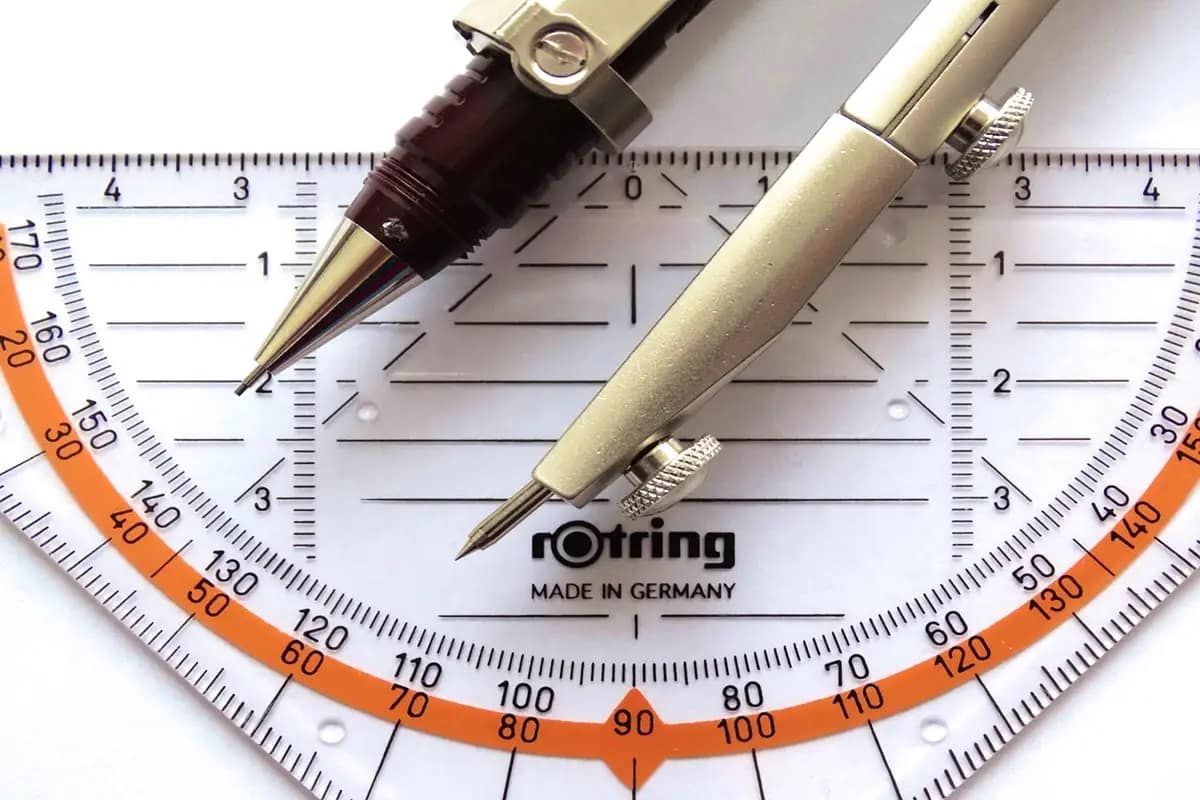At Shelf Solutions, we hear this a lot: do pull-out shelves “hold less” than fixed shelves? The confusion comes from mixing up theoretical volume with usable capacity. A fixed shelf may look larger on paper, but once you factor in reach, stacking limits, and dead zones, pull-outs typically win where it matters—how much you can store and access easily.
Where fixed shelves lose space
- Back-of-cabinet dead zone: Items drift to the rear and stay there. Many people effectively use only the front 16–18″ of a 22–24″-deep shelf.
- Wasted vertical air: To avoid toppling stacks, you leave headroom. On a 10″ opening, you might only stack 6–7″ of items.
- Shuffle penalty: The more you move things to reach something else, the less you store—and the more space you “reserve” just to make rummaging possible.
What pull-outs change
- Full-extension access: You use the entire depth because the drawer brings the back to you.
- Right-sized tiers: Multiple, shallower drawers capture that “air space” you used to waste.
- Consistent organization: Dividers and tray heights match what you store, so items are packed denser without the pile-up.
Yes, a pull-out drawer has walls and slides that cost a bit of interior width/height—often around ½″ per side and some top clearance. But because you actually use the whole footprint and more of the vertical space, your usable capacity usually increases. At Shelf Solutions, we design drawer heights around what you actually store to maximize this gain.
Quick math example (typical base cabinet)
Assume an interior of 22″ W × 22″ D × 24″ H.
Fixed shelves (practical use):
Total theoretical volume = 22 × 22 × 24 = 11,616 in³.
If you only use ~60–70% due to back-zone and headroom waste, that’s ≈ 6,970–8,131 in³ of usable storage.
Pull-outs (four tiers):
Account for slides/clearance: interior per drawer ≈ 21″ W × 21″ D.
Use four drawers at 5″ clear height each → total drawer height = 20″.
Usable volume ≈ 21 × 21 × 20 = 8,820 in³.
Result: Compared to fixed shelves at 60% use, that’s about a 26% gain (8,820 vs. 6,970). Even against an optimistic 70% use, you still see ~8–9% more usable volume (8,820 vs. 8,131). In real kitchens with deeper dead zones or taller, wasted headroom, Shelf Solutions often sees gains of 20–40%.
How to maximize your gain
- Match heights to contents:
3–4″ for spices & small jars; 5–6″ for cans & containers; 7–9″ for pots, mixers, tall bottles. - Use full-extension, high-weight slides: 100–150 lb ratings keep heavy cookware practical.
- Don’t overbuild the box: Quality materials are great, but oversized sides eat width—Shelf Solutions balances strength with interior space.
- Plan zones: Keep daily-use items in top drawers, bulk or heavy pieces lower.
Bottom line
While a fixed shelf can look bigger on a spec sheet, pull-out shelves capture space you currently can’t use well—especially the back and the “air” above short items. After accounting for drawer hardware, most homeowners see meaningful, real-world capacity gains and a big jump in day-to-day convenience.
Want precise numbers for your cabinets? Shelf Solutions can measure, model drawer heights, and provide a free, itemized plan for maximizing usable capacity.


